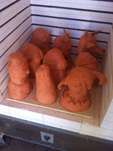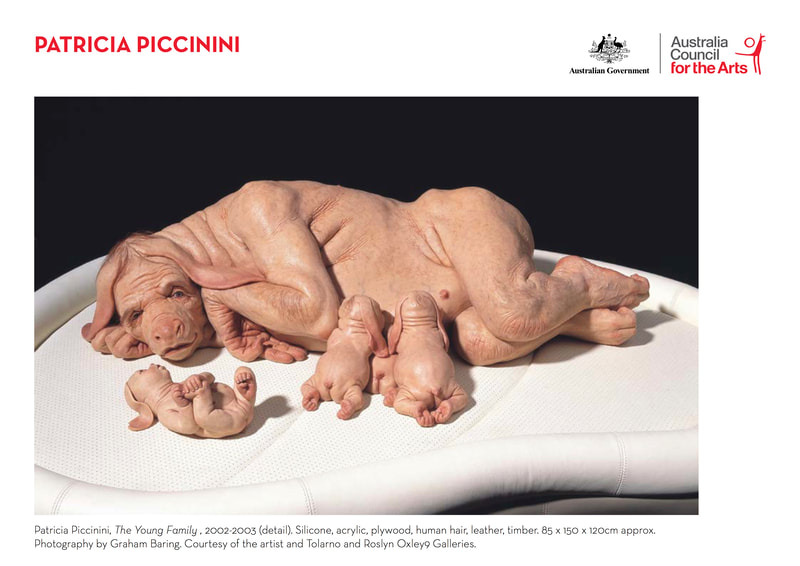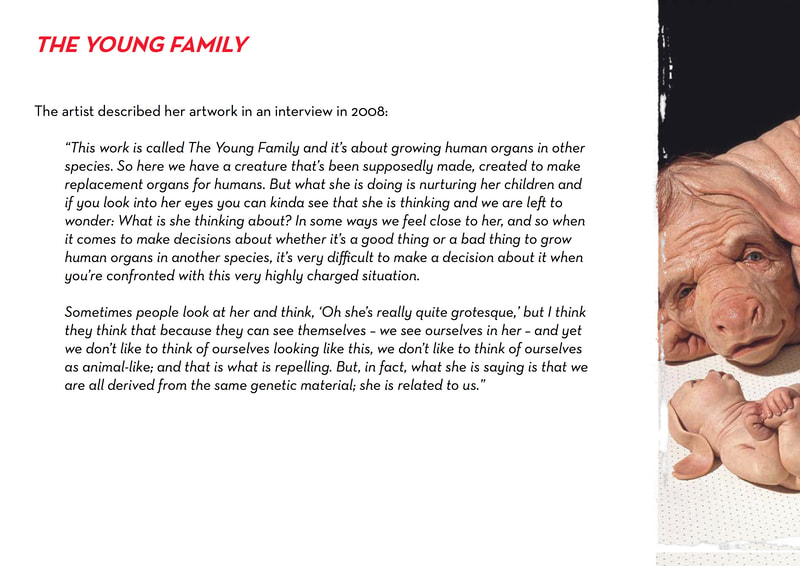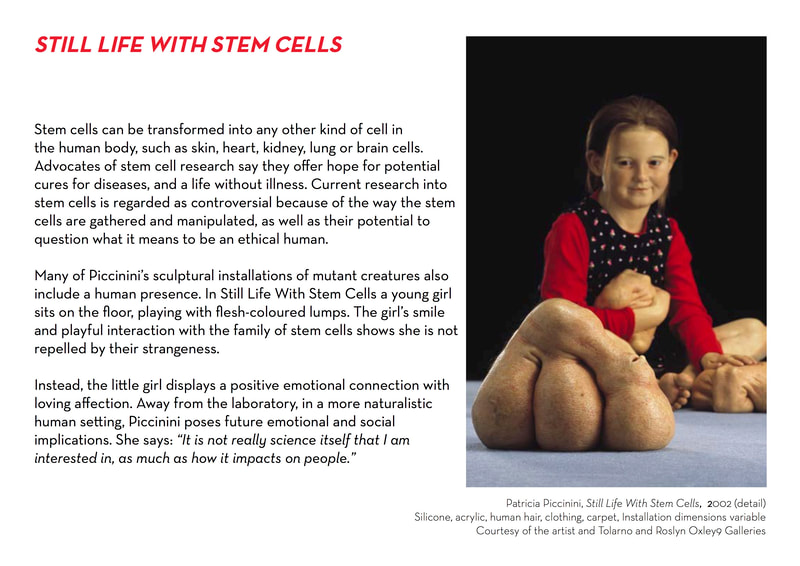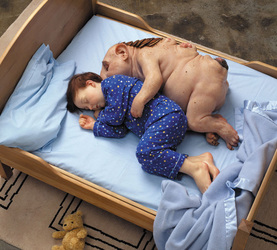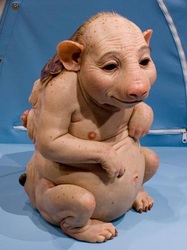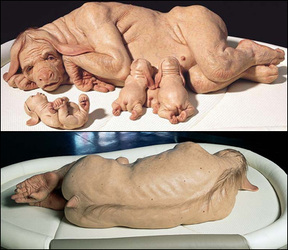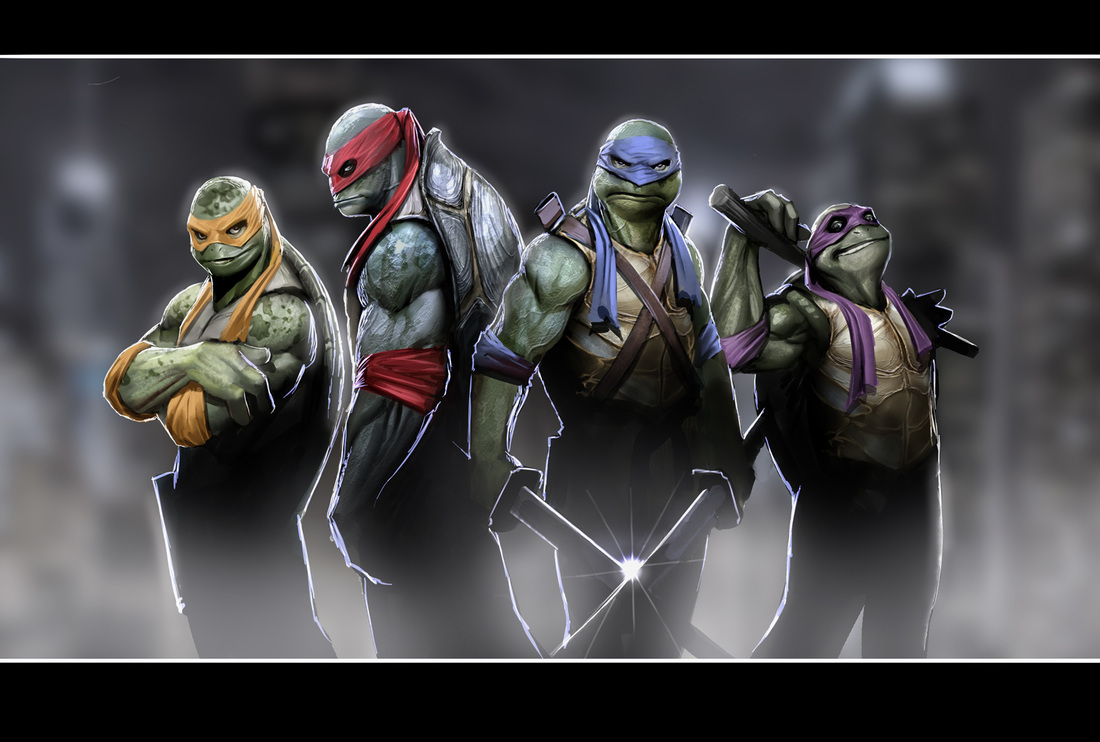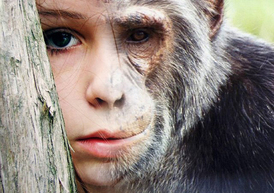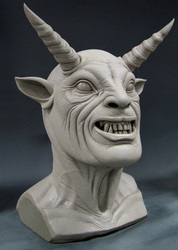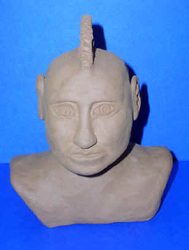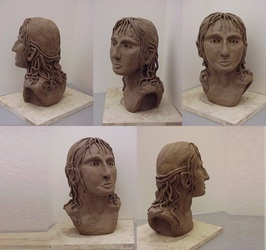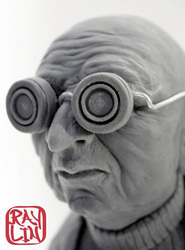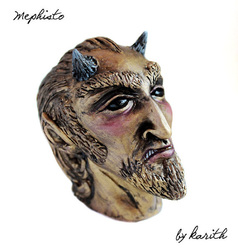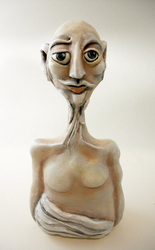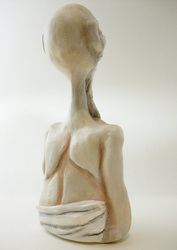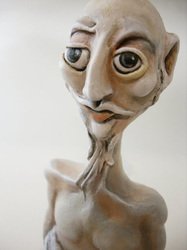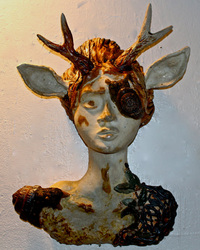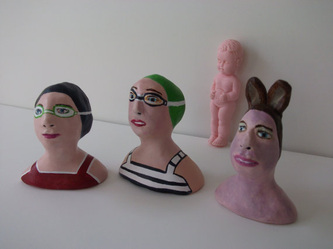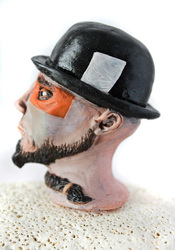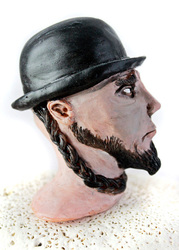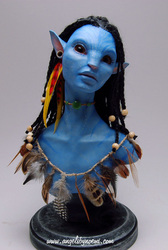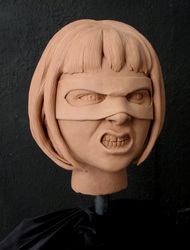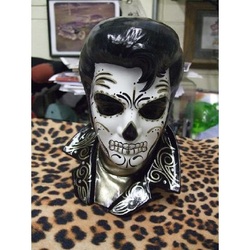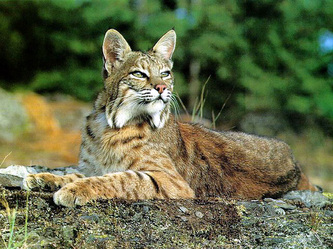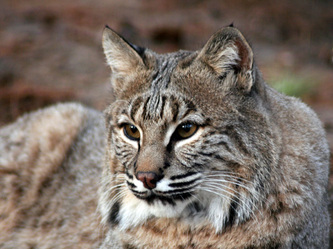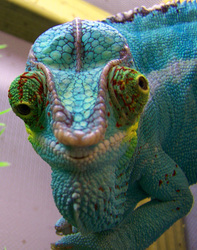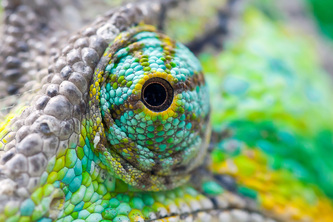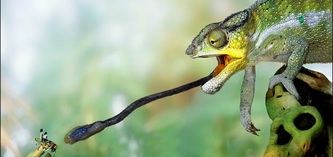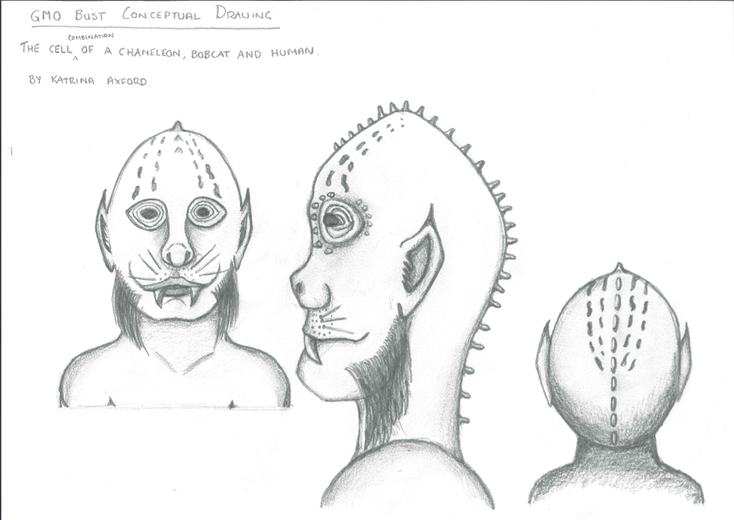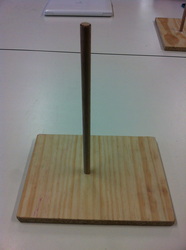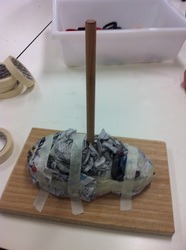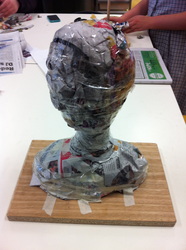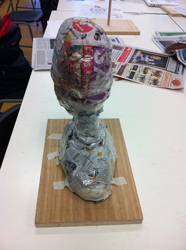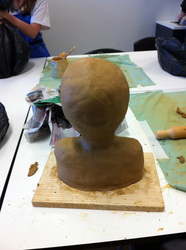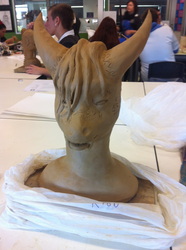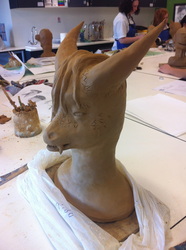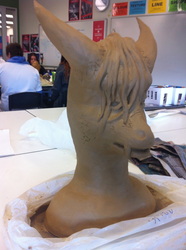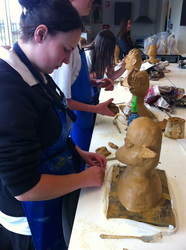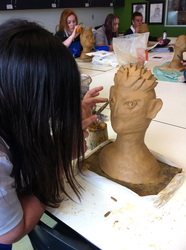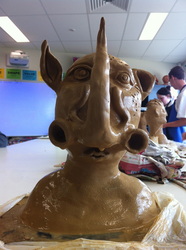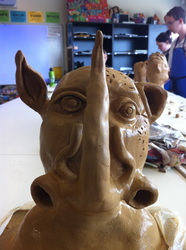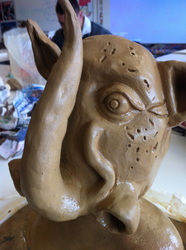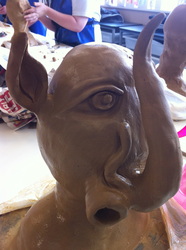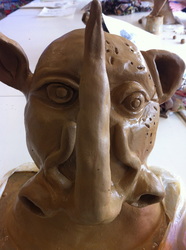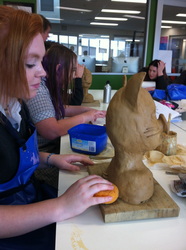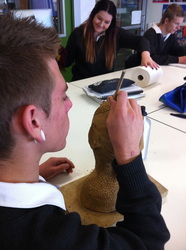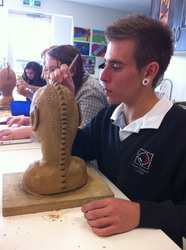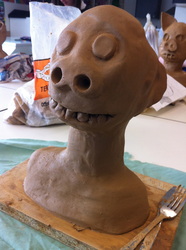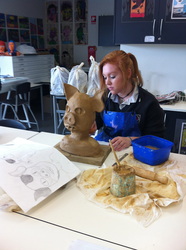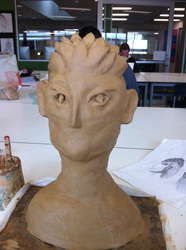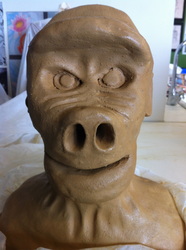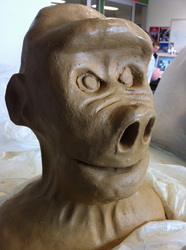the could WE should We project
The Could We Should We Project is inspired by the work of Patricia Piccinini.
WHAT IF IT GOES WRONG?
essential questions
We as artists must challenge peoples thinking, in this project we are highlighting the ethics in science and technological advancements. Should we as citizens allow scientists to use genetic modification on human beings and as artists how can we bring this issue to peoples attention through artworks?
ARTIST: patricia piccinini
Born 1965, Freetown, Sierra Leone, Lives and works in Melbourne
“What my practice is really about is the changing definition of what we consider natural and what we consider artificial. So, what I’m interested in are the things that move this definition around and often they are things like innovations in medical technology” Patricia Piccinini is an internationally acclaimed artist who works with a variety of media including video, sound and digital prints. Best known for her hyper-realistic sculptural installations featuring strange hybrid creatures, Piccinini examines the connections between science and nature, art and the environment. Repulsive and yet simultaneously endearing, these confronting figures challenge audiences to question what it means to be human in an age of rapid biomedical advancement and to think about the social and ethical implications of future medical developments.
“What my practice is really about is the changing definition of what we consider natural and what we consider artificial. So, what I’m interested in are the things that move this definition around and often they are things like innovations in medical technology” Patricia Piccinini is an internationally acclaimed artist who works with a variety of media including video, sound and digital prints. Best known for her hyper-realistic sculptural installations featuring strange hybrid creatures, Piccinini examines the connections between science and nature, art and the environment. Repulsive and yet simultaneously endearing, these confronting figures challenge audiences to question what it means to be human in an age of rapid biomedical advancement and to think about the social and ethical implications of future medical developments.
Research and investigation (become a expert on Piccinini)
Activities: Watch
Talking about hyper-realism in her work:
Interview for (tender) Creatures exhibition at the Artium, Spain, 2008
Examples of her work
Idea generation
Ideas for making Human mutant?
|
OPTION 2 : THE MUTANT HEAD
|
What is a bust? Examples
STEP ONE - IDEA GENERATION
- TASK A: IN A GROUP OF 3-4 PEOPLE YOU HAVE 20 MINUTES TO CREATE A MIND MAP OF ALL THE ANIMALS THAT YOU CAN POSSIBLY THINK OF.
- TASK B: NEXT TO EACH ANIMAL WRITE THE MOST OBVIOUS CHARACTERISTICS OF THAT ANIMAL FOR EXAMPLE CHEETAH - SPEED -SPOTS (SEE ABOVE FOR OTHER EXAMPLES).
Step Two: Collect Source images to refer too
CHOOSE 1 or 2 ANIMALS THAT COULD BE THE FOUNDATION FOR YOUR HUMAN GMO CERAMIC BUST AND COLLECT AS MANY SOURCE IMAGES AS YOU CAN THAT CAN HELP YOU DEVELOP YOUR IDEA.
STEP THREE - CONCEPTUAL DRAWINGS
STEp Four - making armature
Step FIVE - build bust score, slip and coil technique
Like all mediums in art making, clay and ceramics have specific language. Please click on the button below and complete the definitions unique to using clay task. You will hear me, Ms. Axford use them consistently through the making process.
Step six - add detail
examples Student ceramic busts
Fire
